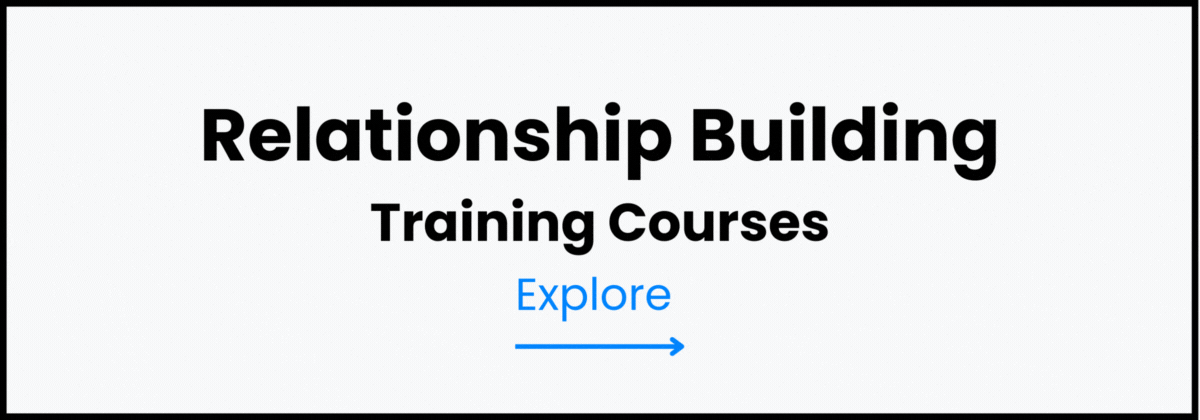BRM Best Practices for Strengthening Vendor Partnerships
Vendors are not just suppliers of goods or services — they are strategic partners that directly influence efficiency, innovation, and customer satisfaction. For many organizations, the ability to manage vendor relationships effectively determines whether operations run smoothly or face constant disruptions.
This is where Business Relationship Management (BRM) becomes essential. By applying BRM best practices, organizations can transform vendor partnerships from transactional arrangements into strategic alliances that deliver mutual value. Strong vendor relationships reduce risks, ensure continuity, and open doors to innovation — making BRM a critical part of corporate strategy.
Understanding BRM in Vendor Partnerships
Business Relationship Management (BRM) is the discipline of fostering productive, trust-based relationships between an organization and its stakeholders. When applied to vendor partnerships, BRM moves beyond contract management to create alignment, collaboration, and shared value.
Key goals of BRM in vendor management include:
- Aligning vendor capabilities with business objectives.
- Building trust and transparency.
- Improving communication and collaboration.
- Fostering innovation through shared initiatives.
- Ensuring long-term sustainability in partnerships.
For professionals seeking to master these principles, the Business Relationship Management (BRM) Course provides structured frameworks for managing vendor and stakeholder relationships strategically.
Why BRM Matters in Vendor Partnerships
-
Reduces Risk of Misalignment
Without BRM, vendor relationships can become transactional, leading to misunderstandings and conflicting priorities.
-
Strengthens Trust and Transparency
Trust ensures vendors are proactive in meeting obligations and flexible in responding to challenges.
-
Improves Efficiency
Effective relationship management streamlines communication and reduces delays.
-
Encourages Innovation
Vendors often bring valuable insights. Strong partnerships create space for co-innovation.
-
Secures Competitive Advantage
Organizations with trusted vendor relationships can negotiate better terms, access cutting-edge solutions, and respond to market changes faster.
BRM Best Practices for Vendor Partnerships
-
Establish Clear Objectives Early
Define what both the organization and vendor hope to achieve. This includes performance metrics, delivery timelines, and innovation goals.
-
Prioritize Open Communication
Regular check-ins, transparent updates, and feedback loops minimize misunderstandings. Training through the Best Practices in Communication and Relational Skills Course ensures teams master active listening and clear messaging.
-
Build Relationships Beyond the Contract
Contracts define obligations, but relationships define success. Invest in face-to-face meetings, joint workshops, and relationship-building activities.
-
Align Vendors with Corporate Strategy
Share long-term goals with vendors so they understand the bigger picture. This alignment encourages proactive support rather than reactive problem-solving.
-
Implement Performance Reviews
Regularly evaluate vendor performance against KPIs. This ensures accountability while providing opportunities for improvement.
-
Foster Mutual Value Creation
Partnerships thrive when both sides benefit. Explore opportunities for cost savings, process improvements, or joint innovations that deliver shared gains.
-
Manage Conflict Constructively
Disagreements are inevitable. Address issues promptly with respect and focus on solutions rather than blame.
-
Invest in Long-Term Relationships
Short-term savings from switching vendors may lead to long-term instability. Sustainable vendor partnerships are built on consistency and loyalty.
The Role of Strategic Alliances in Vendor Management
Vendors are often part of broader strategic alliances. BRM ensures these alliances are structured for resilience and growth.
Through the Managing Strategic Alliances & Partnerships Course, professionals learn to design partnership models that optimize vendor relationships while safeguarding business objectives.
Leveraging BRM Tools and Frameworks
Modern BRM involves structured tools such as:
- Relationship Charters: Agreements outlining shared goals and values.
- Scorecards: Metrics that evaluate vendor contributions beyond cost.
- Collaboration Platforms: Digital tools to streamline communication and transparency.
These frameworks help organizations move from transactional supplier management to strategic vendor engagement.
Case Study: BRM in Action
A multinational organization struggled with inconsistent vendor performance across regions. By adopting BRM practices, it:
- Created standardized communication channels with all vendors.
- Implemented quarterly joint performance reviews.
- Invited vendors into strategic planning sessions.
The result was improved service levels, reduced disputes, and greater innovation in supply chain solutions.
Challenges in Applying BRM to Vendor Partnerships
While the benefits are significant, organizations often face hurdles:
- Cultural Differences: Vendors across regions may have different business norms.
- Resource Limitations: Relationship management requires dedicated time and effort.
- Short-Term Cost Focus: Companies may prioritize immediate savings over long-term partnership value.
Overcoming these requires leadership commitment and training, supported by Relationship Building Training Courses.
Future Trends: The Evolution of BRM in Vendor Management
As organizations grow more dependent on complex vendor ecosystems, BRM will play an even greater role in corporate strategy. Key trends include:
- Digital BRM Tools – Platforms that enable real-time collaboration and data sharing.
- Sustainability-Focused Partnerships – Vendors selected based on environmental and social responsibility.
- Innovation Alliances – Vendors as co-creators of new solutions, not just service providers.
- Risk-Sharing Models – Joint accountability for performance and outcomes.
Organizations that embed BRM in their vendor strategies will gain resilience, agility, and competitive advantage.
BRM as a Driver of Strong Vendor Partnerships
Strong vendor partnerships are built on more than contracts — they require trust, collaboration, and alignment with corporate goals. By applying BRM best practices, organizations can strengthen vendor relationships, reduce risks, and unlock long-term value.
Professionals can enhance their skills through the Business Relationship Management (BRM) Course, the Best Practices in Communication and Relational Skills Course, and the Managing Strategic Alliances & Partnerships Course. These programs provide practical tools for building vendor relationships that deliver mutual success.
In a competitive business environment, BRM is the key to transforming vendor partnerships into strategic assets.
Explore:





